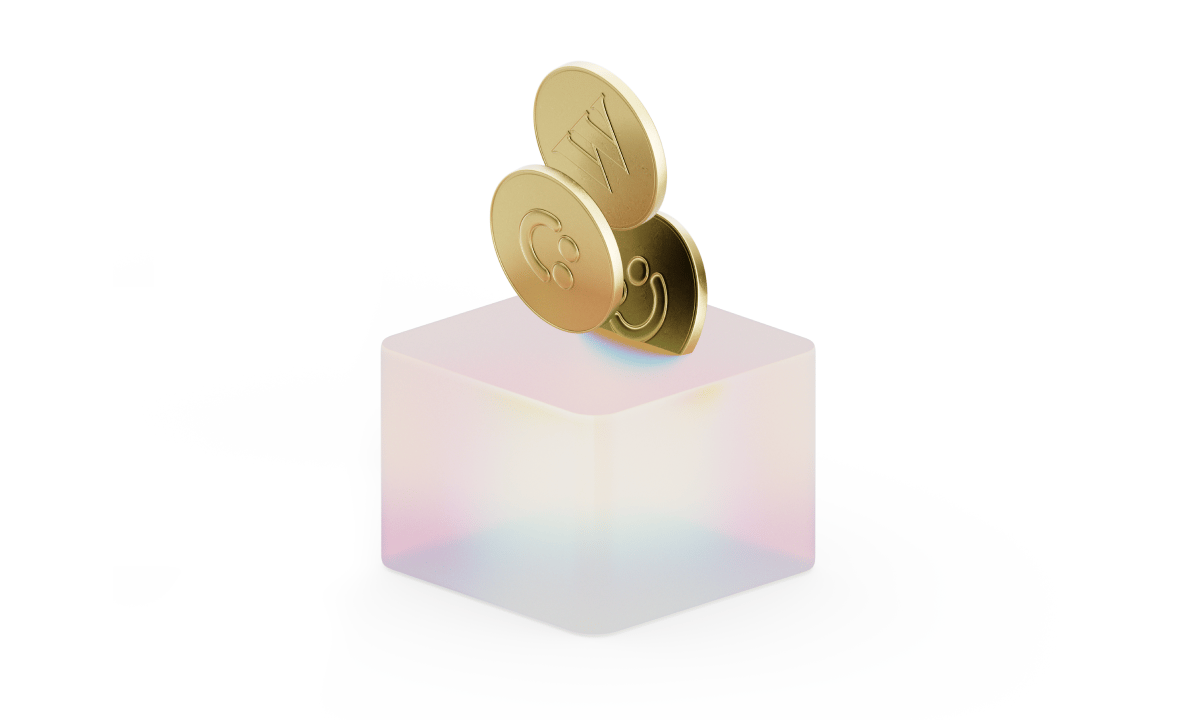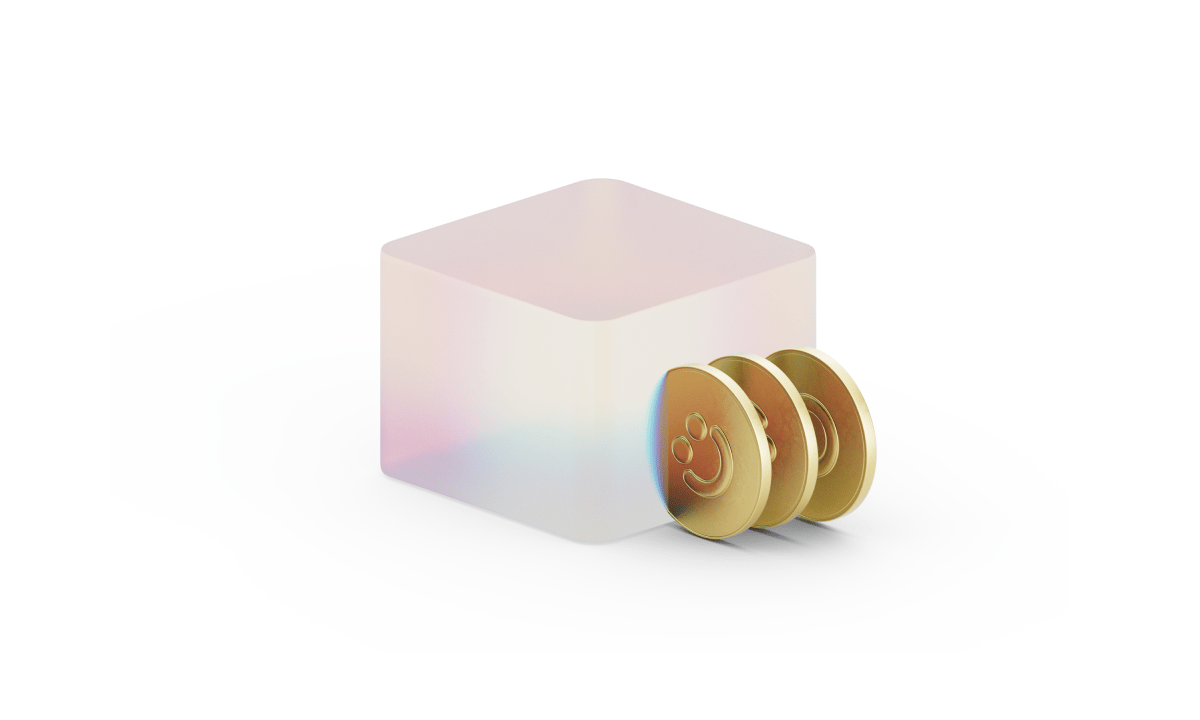Put very (very) simply, staking is a way to use crypto to earn more crypto. We’re talking around 5% to 10% for many coins, and even higher for others. Staking is also an essential component of a popular type of blockchain. It allows transactions to be added to the network while also preventing people from cheating.
The whole thing can seem a bit complicated, so it’s understandable to have some questions. Maybe you’re wondering how you, a regular person who may or may not know a lot about crypto, can get into staking. You might want to know how much you can stake, and for how long. While we can’t tell you exactly what to do, we can help you understand exactly how staking works — and how you can get involved.

OK, so what is staking?
Staking is when you offer some of your own crypto as collateral in order to be the one to validate transactions on a blockchain. Whoever validates the transactions is given a reward: more crypto.
Why do I have to put up money to process transactions?
With your money on the line, you’re less likely to cheat or help someone else cheat. If you are busted cheating — maybe you allowed someone to use the same coins to buy two different things — then you would lose the money you staked. The more money you put up, the better your chance of being chosen to validate the transactions and earn those rewards.
Great, let’s do it right now.
Well, first you have to pick the right network.
What does that mean?
Most crypto networks use one of two systems: proof of work or proof of stake. You can’t stake with a proof-of-work network but you can with proof of stake.
What’s the difference between proof of work and proof of stake?
In order to record new transactions on a proof-of-work blockchain, your computer has to guess a long, long number before other computers do. Coming up with that number takes a lot of processing power, which needs a lot of electricity, which costs a lot of money.
Since a majority of computers on the network have to agree on every transaction before it’s recorded, if you wanted to cheat, you’d have to control more than half of the computers guessing at that long number — and pay for all the energy that required. To do that would cost a lot more than what you stand to earn, so you probably wouldn’t do it.
Do you have a helpful metaphor for that?
Yes: Contestant’s Row on The Price Is Right. But instead of just guessing one number — and hoping for the chance to hug Drew Carey and maybe even win an oven range — each person is screaming out thousands of numbers a second until someone gets it right.
And then what’s 'proof of stake'?
Instead of all of those computers guessing numbers and burning all that electricity to deter cheating, people put up their crypto as collateral. It’s newer, more accessible, and easier on the earth.

I’m sold. How soon can I start staking bitcoin?
Bitcoin is a proof-of-work network. Ethereum, Solana, Cardano, Cosmos, VeChain, and Tezos are proof-of-stake. Some other popular proof-of-stake networks are Solana, Cardano, Cosmos, VeChain, and Tezos.
Once I’ve decided which network to stake, how do I actually stake my crypto?
There are a couple of options. One is to do it on your own, but that gets a little complicated. You’ll have to set up your own validator node. There are computer requirements, and you’d need to know how to navigate the hardware and the software, as well as the blockchain. Also, you’d have to put a lot of money up, since most networks require very high minimums — think tens of thousands of dollars. There is a way around that, though, and it’s called a staking pool.
What’s a staking pool?
Staking pools are formed when crypto traders combine their funds to meet a network’s minimum and have a better chance of being selected as a validator. Smaller pools have a worse chance of getting chosen but pay off better when they do, since there are fewer people to share with. Large pools can limit rewards so much that they’re not worth it. Mid-size pools tend to offer the best balance.

How do I join a staking pool?
You can go out and vet different pools until you find one that feels trustworthy. But if you’re not interested in doing the extra work — and you’ll allow us a little self-promotion — there is a much easier option.
Do those validators take a cut?
A small one. (Because we’re fans of honesty, it’s important to note that we take a small cut too.)
With all these people taking cuts, how much do I earn?
It depends on the network you’re staking and how you stake it.
How quickly do I start getting paid?
Staking involves something called a warm-up period. You’re basically waiting for the next cycle of transactions to begin. How long that is depends on the network. It can be hours, days, or weeks. There’s a similar delay on the back end, too, called a cooldown. In either period, your money is essentially frozen. There is at least one exception though.
Is staking crypto safe?
As with anything in crypto, there are risks. Crypto values fluctuate quickly, and if the value of the assets you stake decreases, then your reward decreases right with it.
Is staking the same as yield farming?
They’re similar, but yield farming takes a lot more effort. Whereas staking is providing funds to be used by a network, farming is when you use platforms to loan crypto to other users. Not only do you need to manually monitor and move assets a lot more than with staking, you need to know more about the economics of the platforms you stake them on.
Yield farming can result in higher yields, but farmers are constantly switching up which tokens they want to invest in which platforms. Think of it like the difference between sticking a self-watering kit in a cactus and actually sowing seeds and rotating crops.

